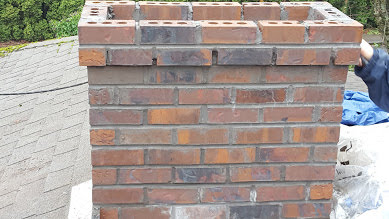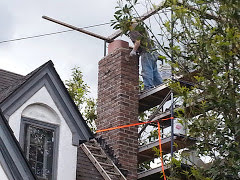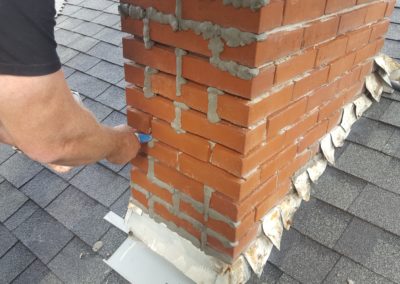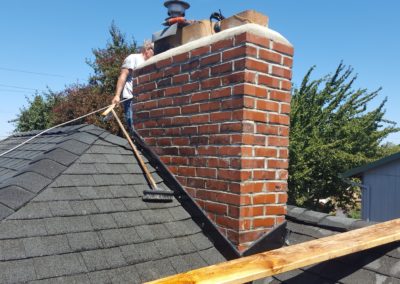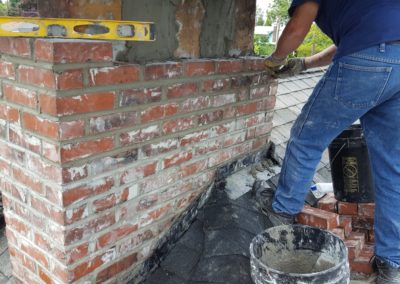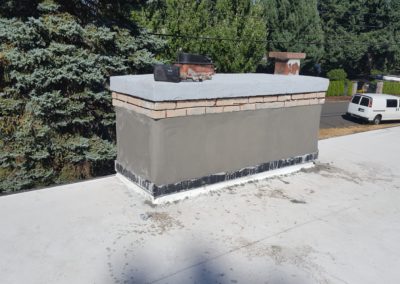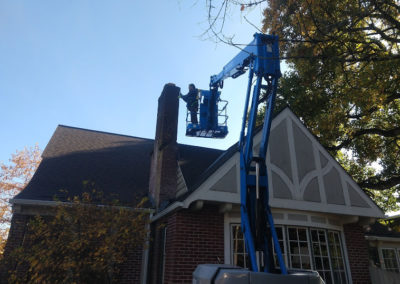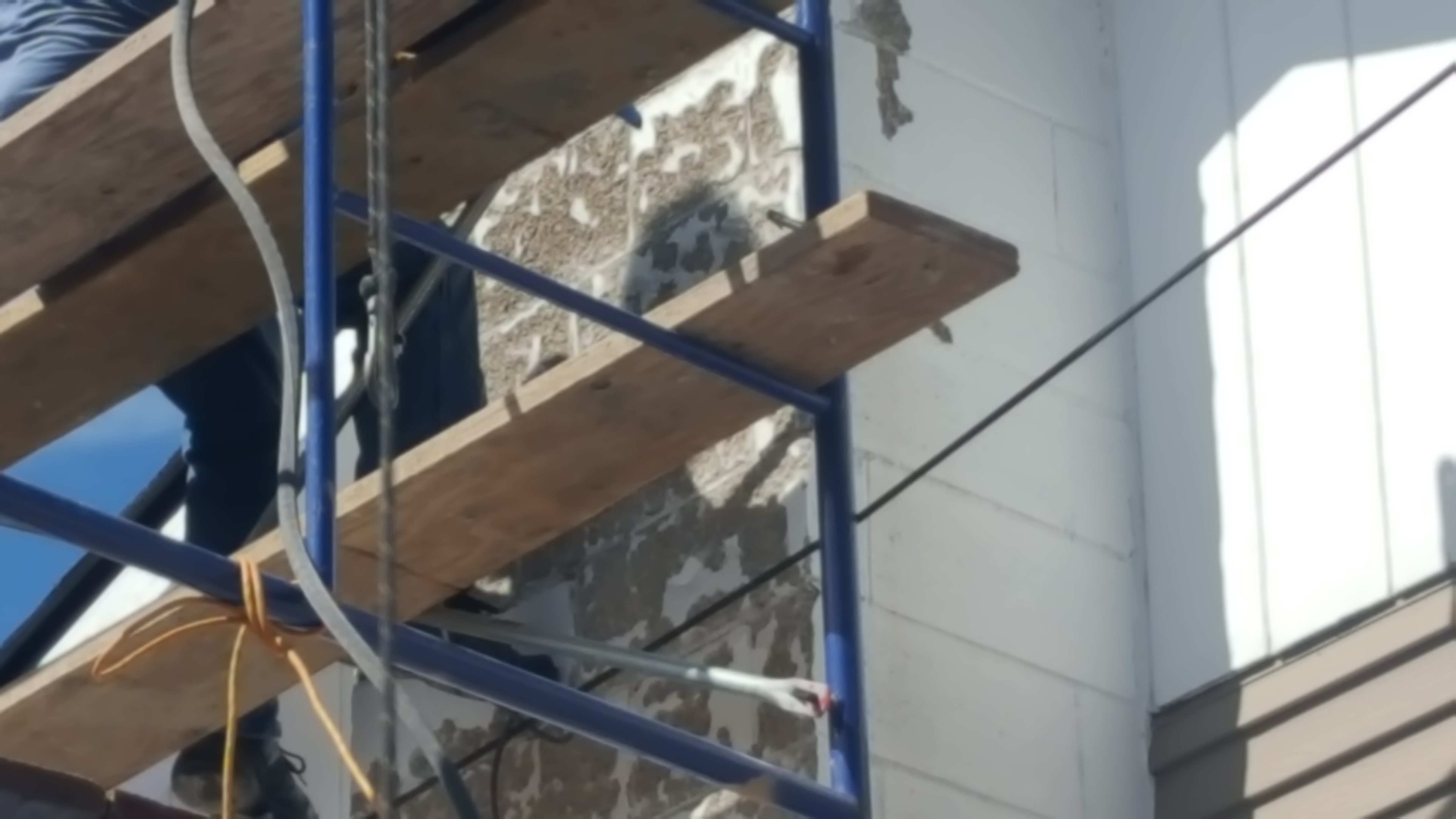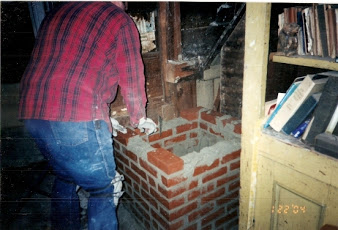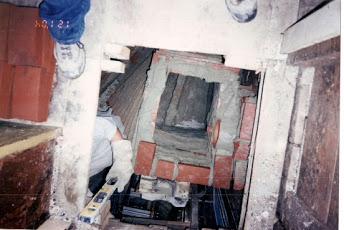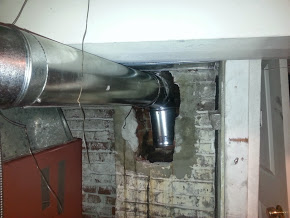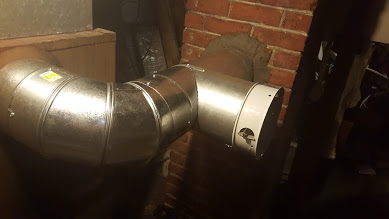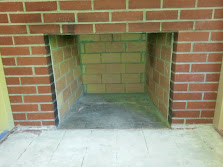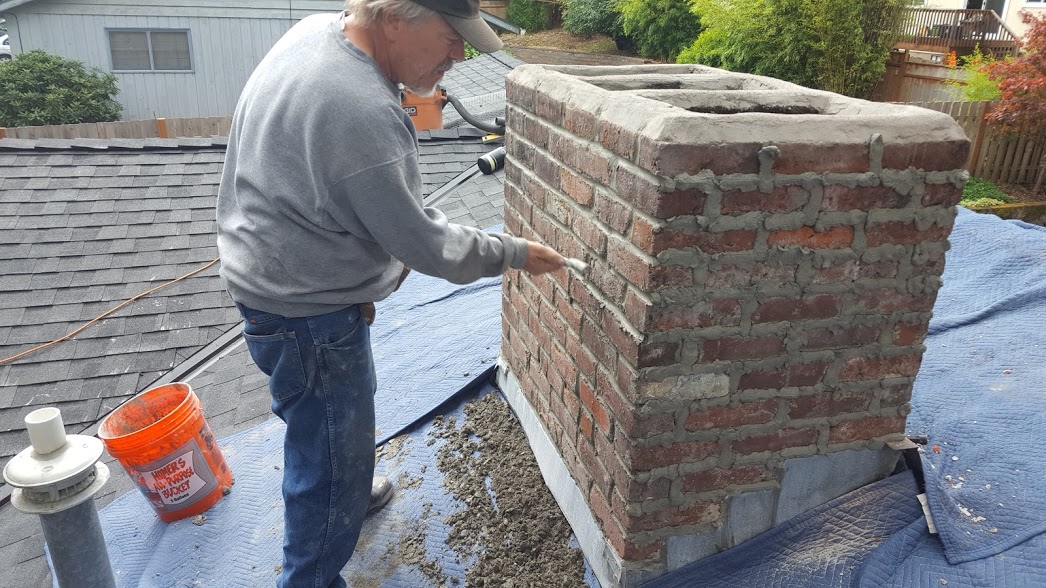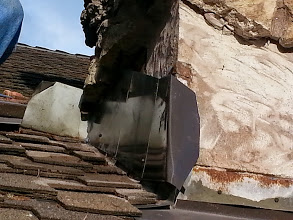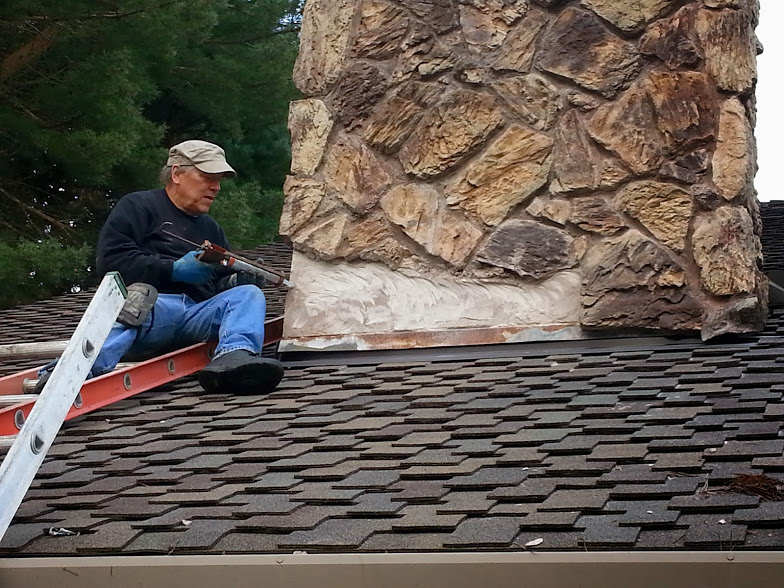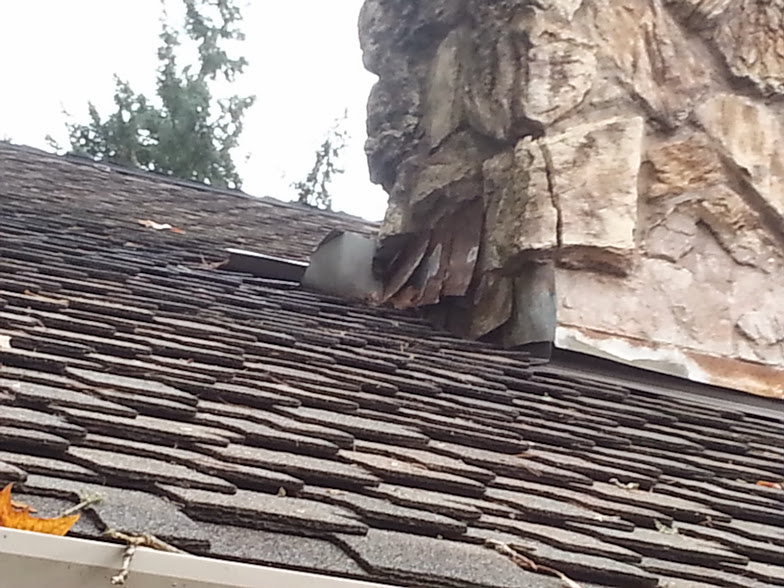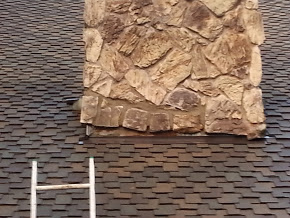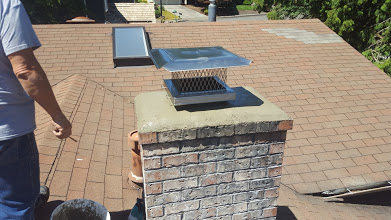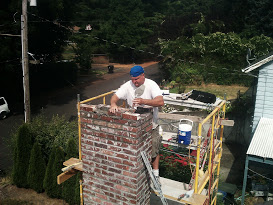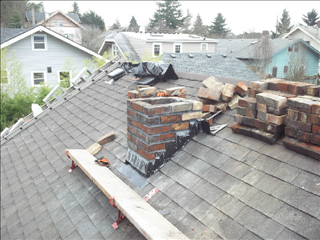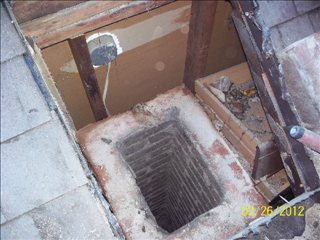Chimney Rebuilds
We rebuild chimneys using the original brick whenever possible. We can even get hard-to-find brick most of the time at an extra cost (they are usually shipped in from Missouri.)
Send Us Your Photos!
We do drive out and give estimates, but we have found that receiving photos prior to coming out can speed up the bidding process. Email to:
www.willamettechimney.com
Text To:
Call Us!
Get rid of the concrete rain cap on top of your chimney
Ensure your home's safety and efficiency with our professional chimney cap replacement services, designed to protect and enhance your chimney's performance.A damaged concrete chimney cap can lead to significant issues, including water leaks, structural damage, and...
Chimney Repairs Prior To installing A Rain Cap
Is the chimney ready? Chimney caps need a good solid base to attach to so that they do not blow off (and potentially cause more damage.)Flue tiles on top These photos show a chimney with a flue tile extending out of the top of the chimney. The stainless steel rain cap...
Chimney Rain Caps – Their Styles, Their Construction and Quality.
Why Your Chimney Needs A Rain Cap Keeps rain and animals out / Keeps the fireplace damper from corroding / Specialty caps stop down drafts and keep driving rain and wind out / Protects the interior of the chimney from freeze damage / Smart preventative maintenanceThe...
The fireplace smoke guard – a simple, inexpensive solution!
If your open fireplace smokes, a fireplace smoke guard can be an easy solution to the problem. Note: there are many factors that can cause a fireplace to smoke, so it is important to find out EXACTLY what factor (or combination of factors) is causing the condition. We...
Gallery Of Repairs
CB1
Another chimney rebuild/repair. Original brick cleaned and re-used. Chimney rebuilt from the roofline up.
Client Testimonials
I highly recommend the Willamette Chimney crew. They were personable, worked hard, and gave an honest assessment of our chimney. Thank you!
We think that Willamette Chimney are the BEST brick masons. Cliff and Doug just finished a repar and the job looks fantastic!
On time, professional.
- What is tuck-pointing?
- Does the chimney need tuck-pointing or does it need to be rebuilt?
- What is chimney flashing?
- Why does my fireplace smoke?
- What do you clean when you do a chimney cleaning?
Tuckpointing is the process of grinding out bad mortar joints and tooling in new mortar into the prepared joint. To see our 9-minute Youtube video showing the process, click this link: Tuck-pointing Procedure
Check out our blog post for an in-depth study on tuck-pointing: Chimney tuckpointing blog post
This decision (tuck-point or rebuild) comes down to a few factors:
- How bad is the condition of the mortar joints, and how deep is the erosion of the joint?
- What is your budget?
I have been called out to a 100-year-old chimney that I could practically push over from the roof and should have been rebuilt. The customer had limited funds, so tuckpointing was better than doing nothing. A week after the mortar had hardened I went back on the roof and pushed on the chimney to see if it would move. It did not! This requires a deep dive, so click here and dive in!
Chimney flashing is the metal pieces you see at the bottom of the chimney where the chimney meets the roof. The purpose of chimney flashing is to keep water from running down the chimney and getting into the house. To see a 1-minute video showing some chimney flashing work our Portland crew performed, click here: Rooftop Chimney flashing video
To take a deeper dive on flashing, take a look at our chimney flashing blog post.
- You have a dirty chimney.
- The chimney is not tall enough.
- The house is surrounded by large trees or is at the bottom of a mountainside, cliffside or the bottom of a valley.
- The damper is not opening all of the way.
- Clogged/dirty rain cap.
- A ceiling fan operating in the room while a fire is burning.
- Lots of foot traffic back and forth in front of the fireplace, combined with lots of door(s) opening and closing frequently.
- The furnace kicks on and pulls air down the chimney.
- The chimney is on an outside wall and is cold at start-up of a fire.
- Improper fire construction.
- You are not using a fireplace grate.
- Atmospheric pressure differences throughout the house.
- A kitchen range hood is on during the burning of the fire.
We clean the chimney flue itself. For an open fireplace, we also clean the smoke chamber above the damper, and the smoke shelf, which is a cavity behind the back wall of the firebox. Click here to learn more.
- To learn how we clean woodstoves, click here.
- To learn how we clean oil furnace chimneys, click here.
- To learn how we clean pellet stoves, click here.
